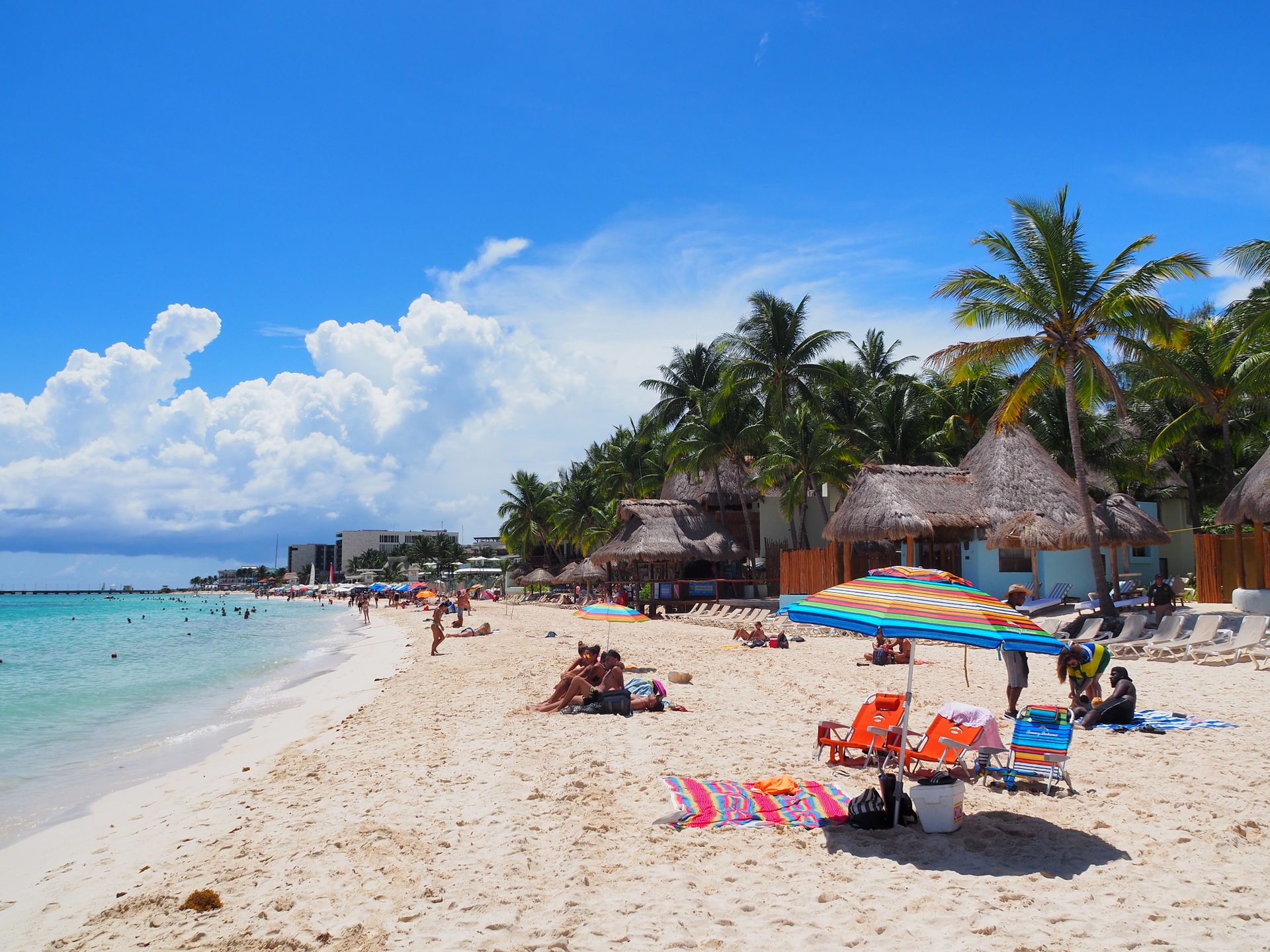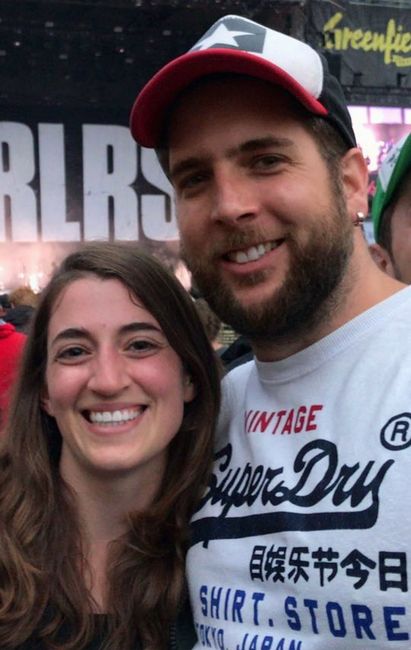
Auszeit - Reise Richtung Osten
vakantio.de/auszeit-reise-richtung-osten
Pulau Perhentian Kecil
Gepubliseer: 13.06.2019
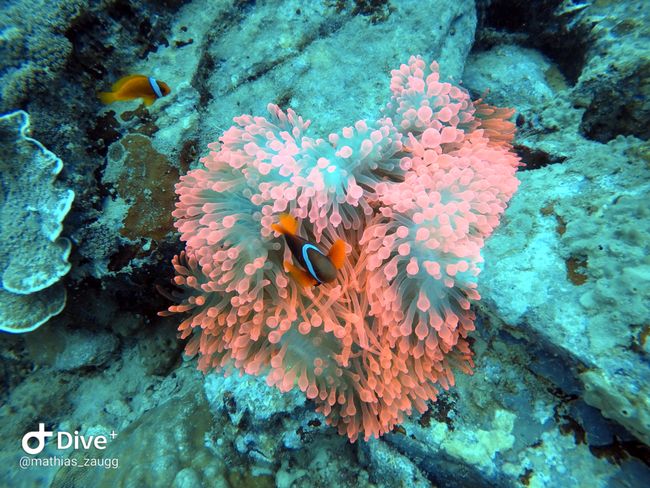
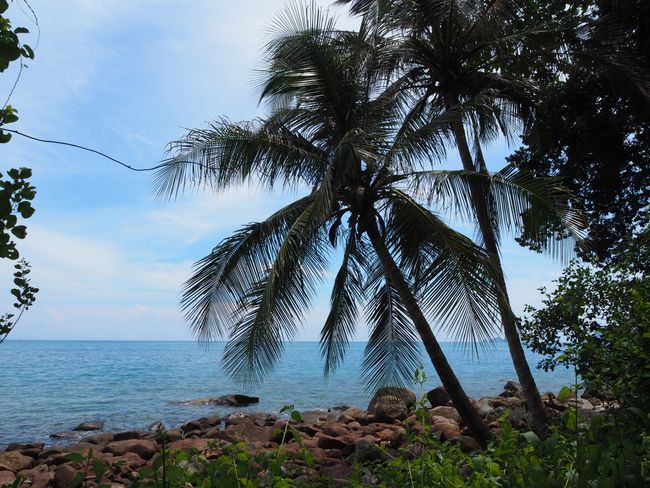
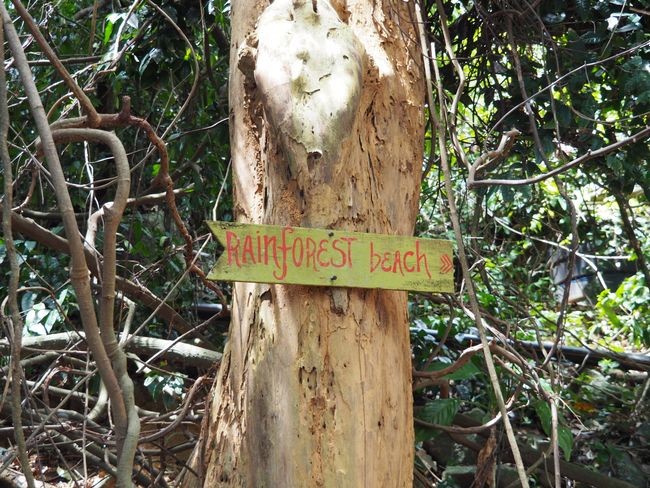
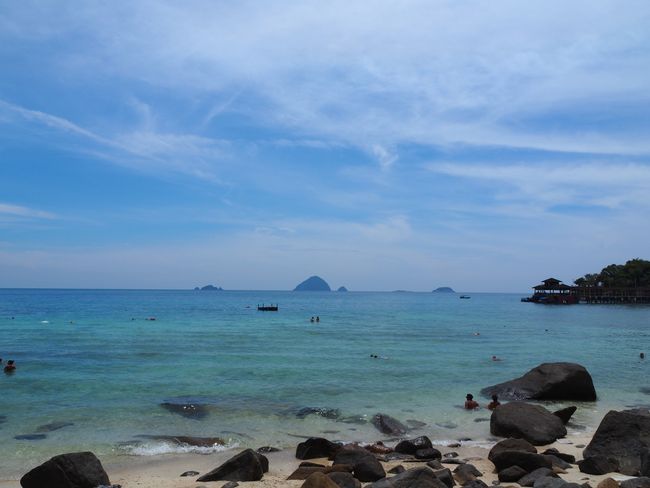
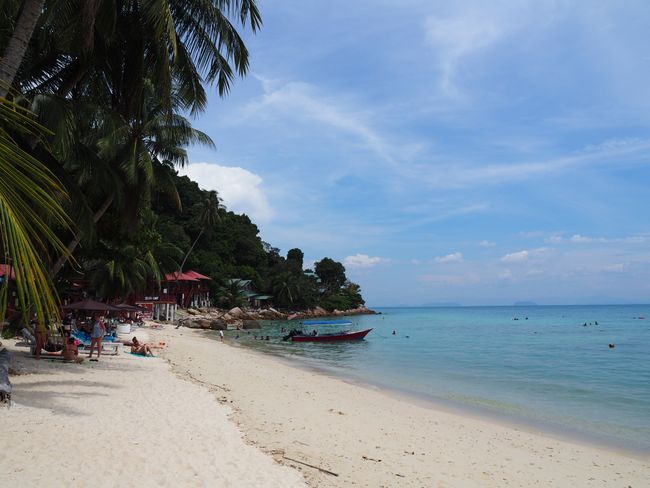
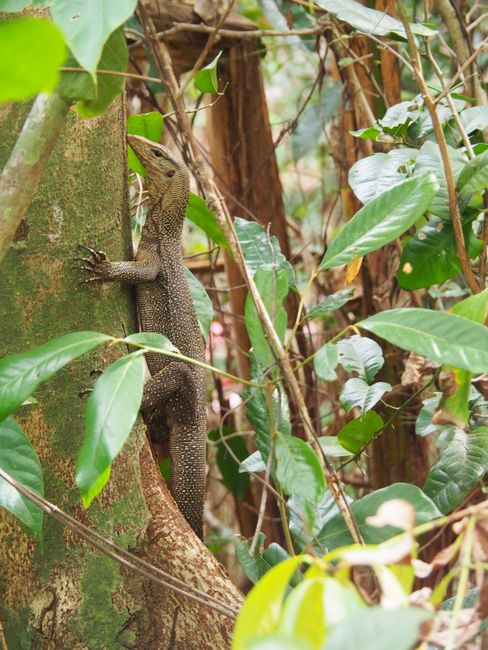
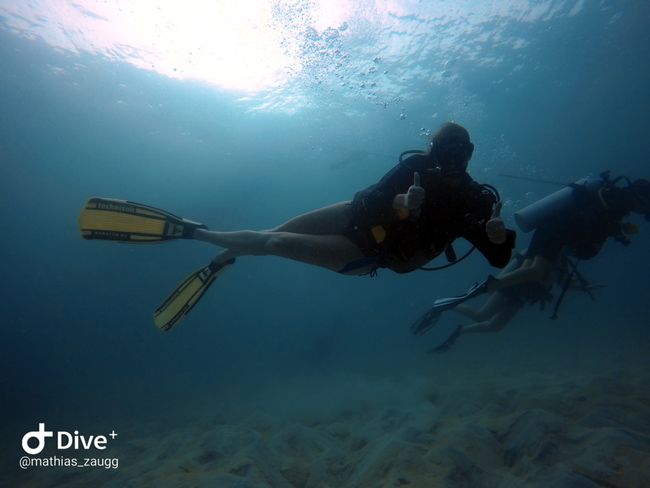
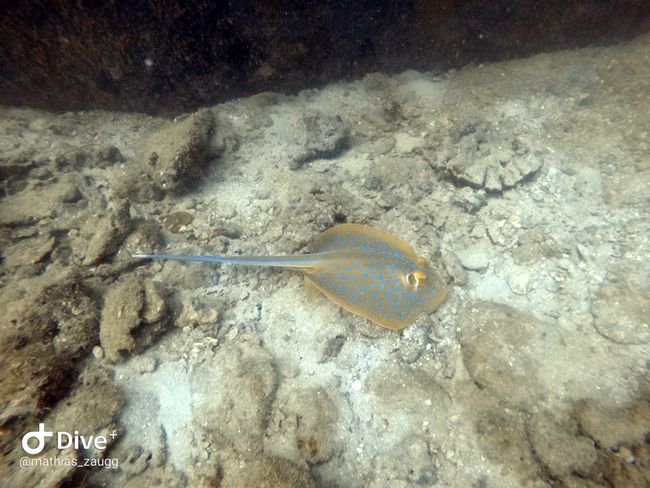
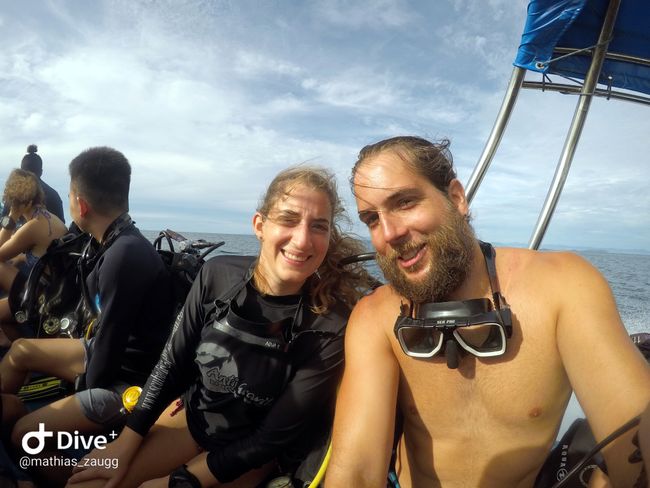
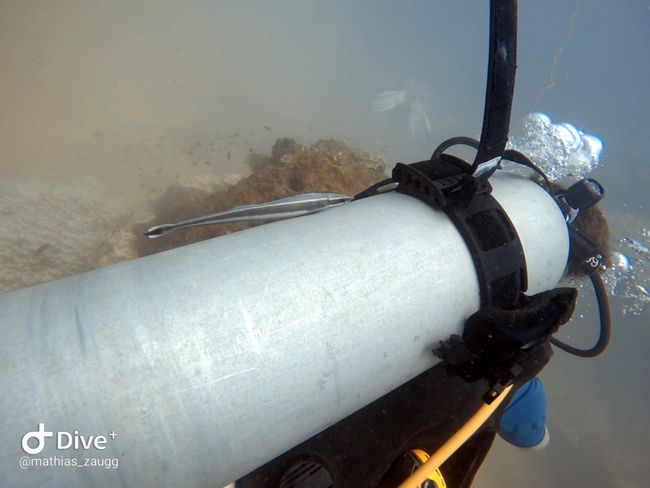
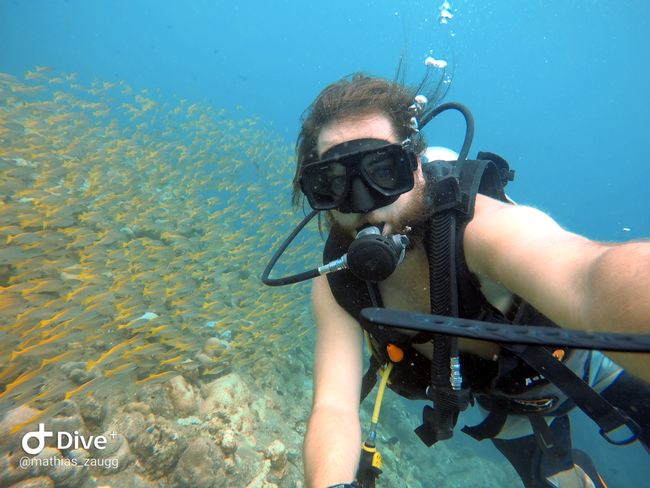
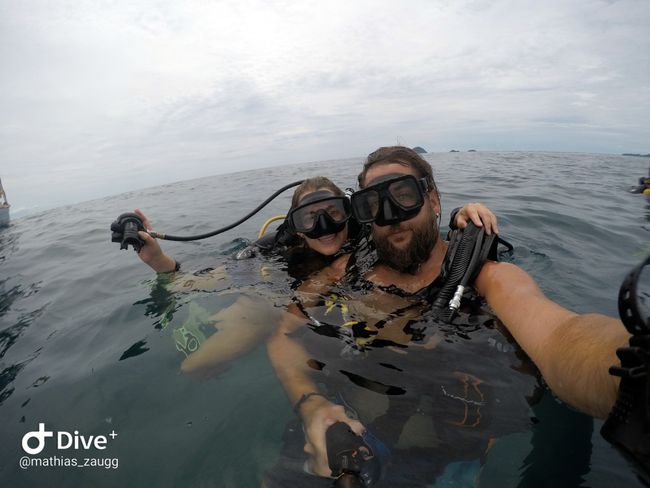
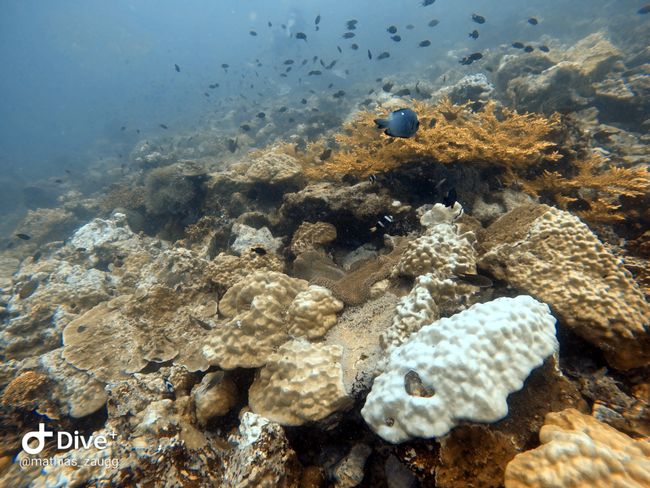
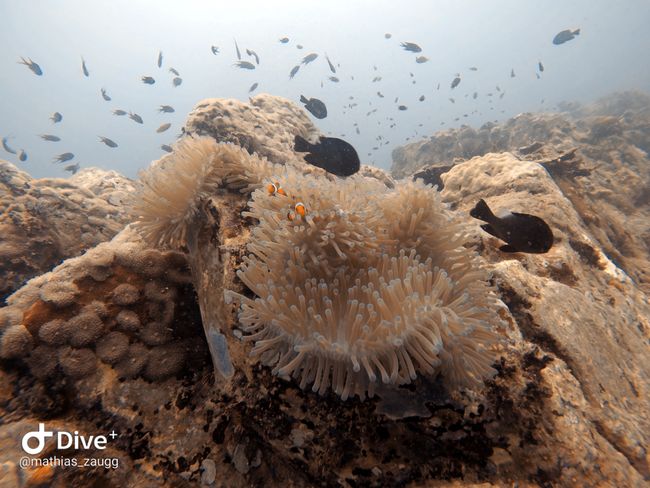
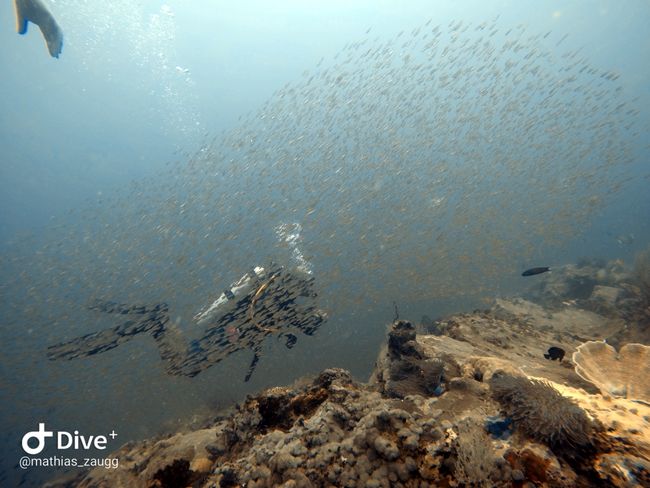
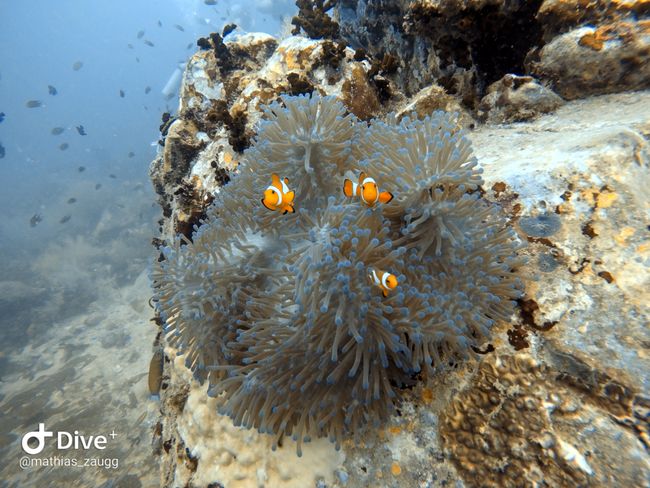
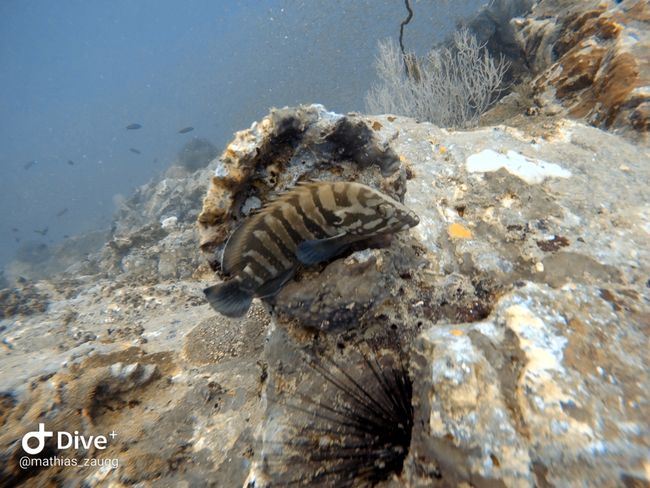
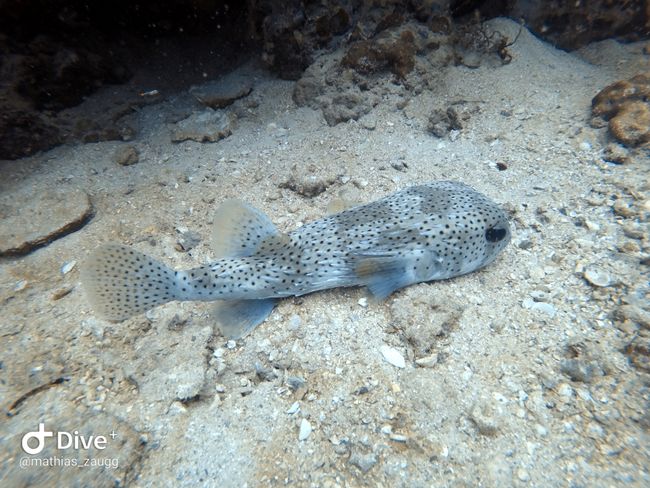
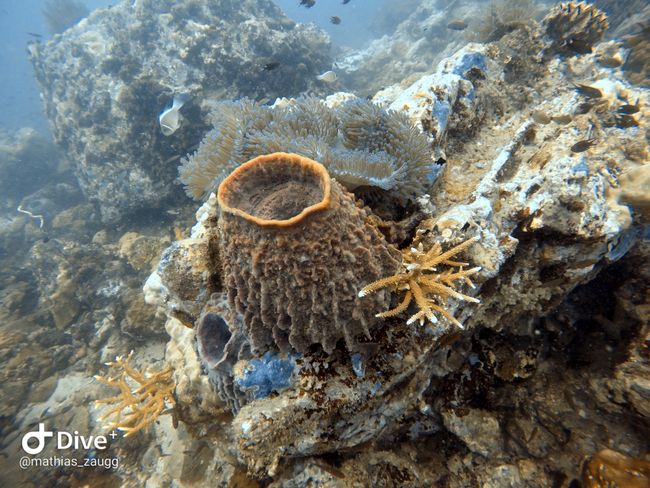
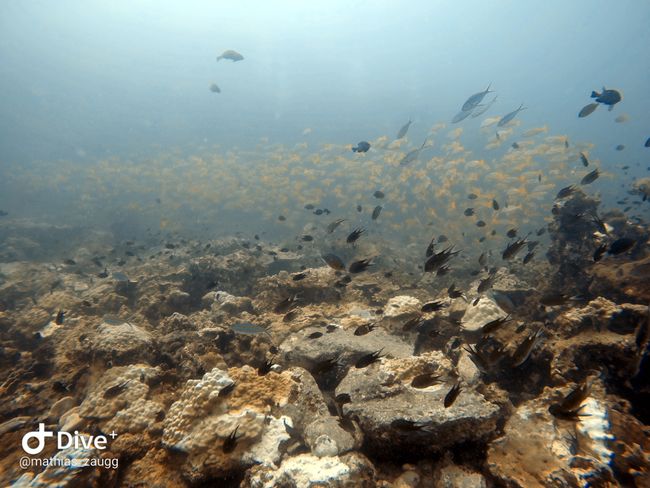
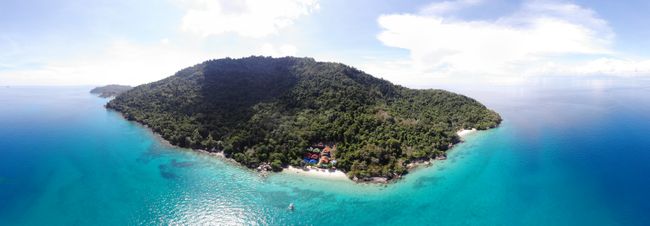
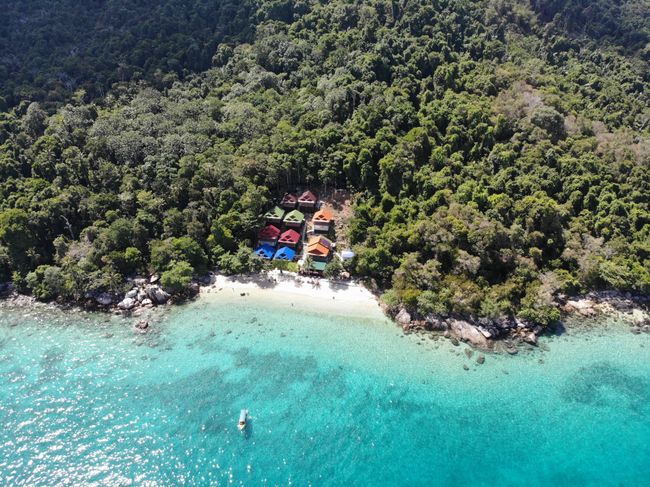
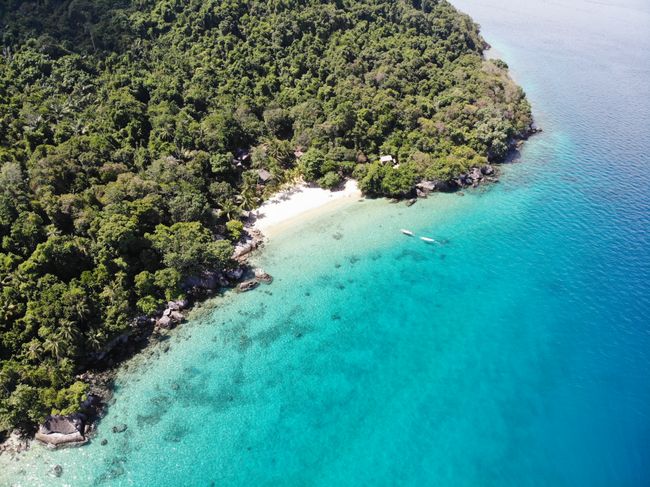
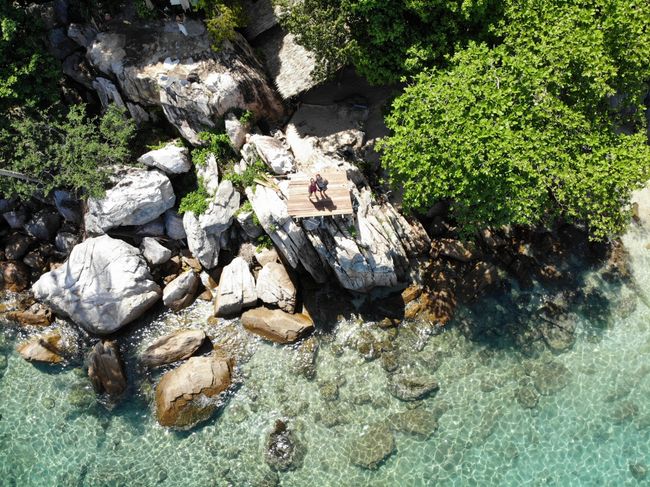
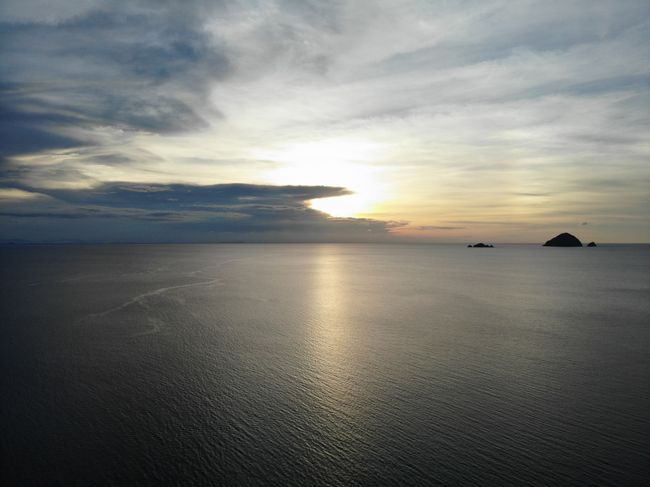
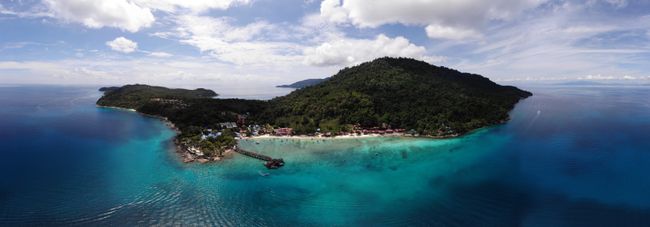
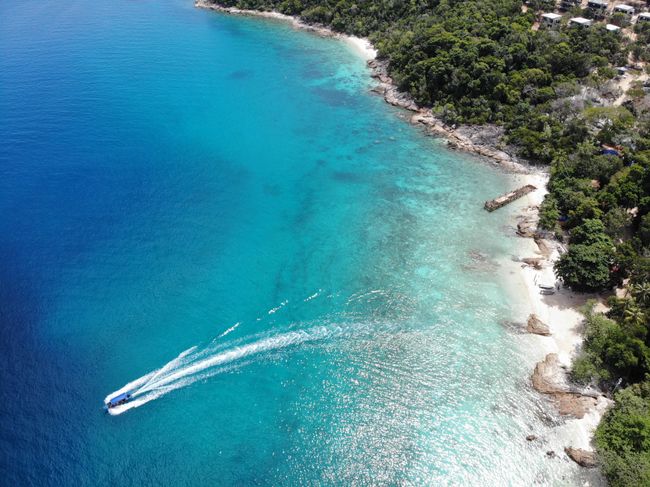
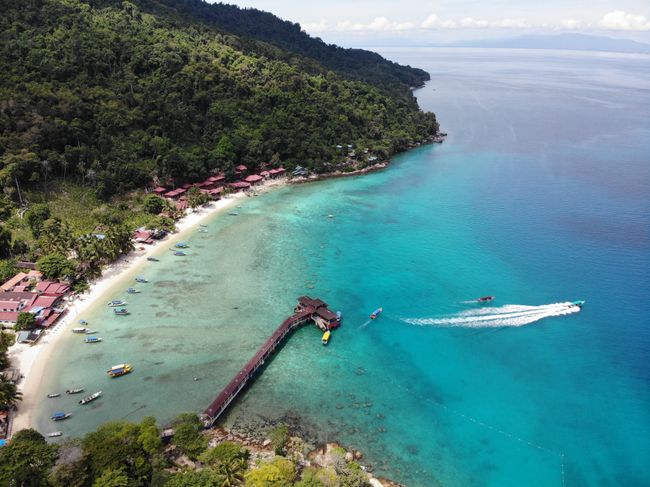
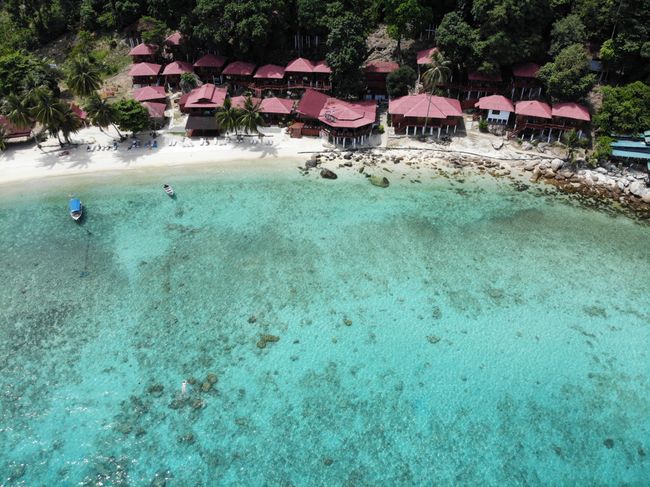
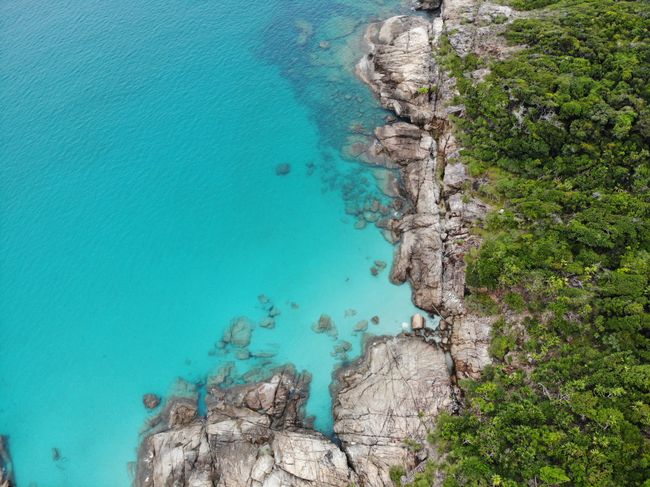
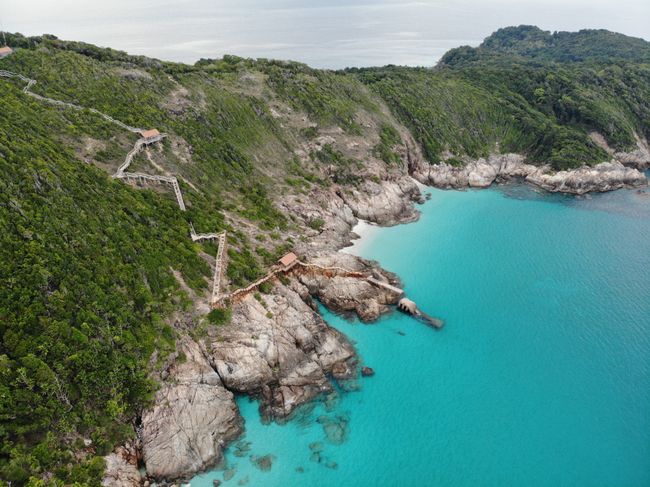
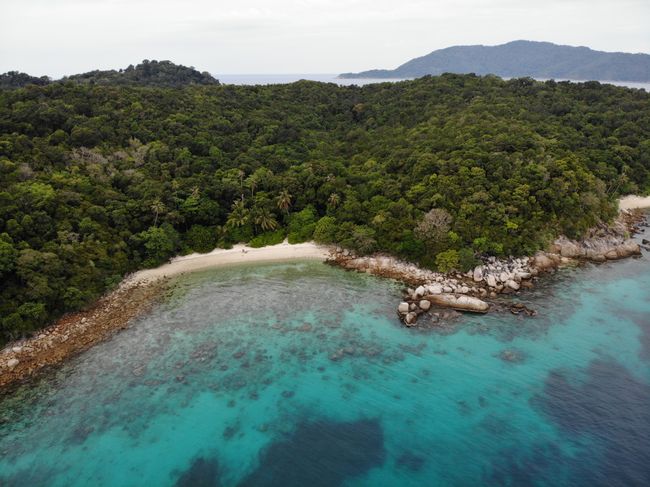
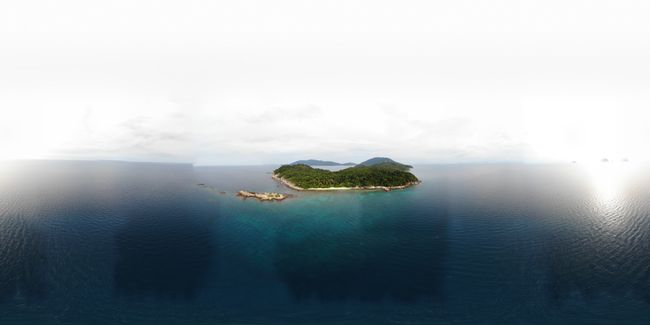
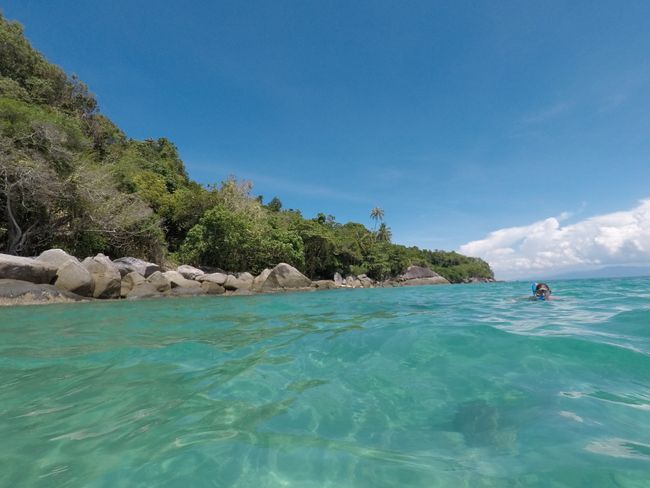
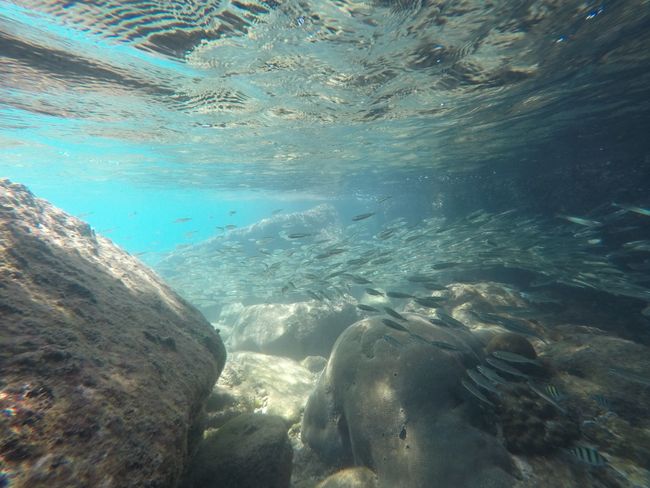
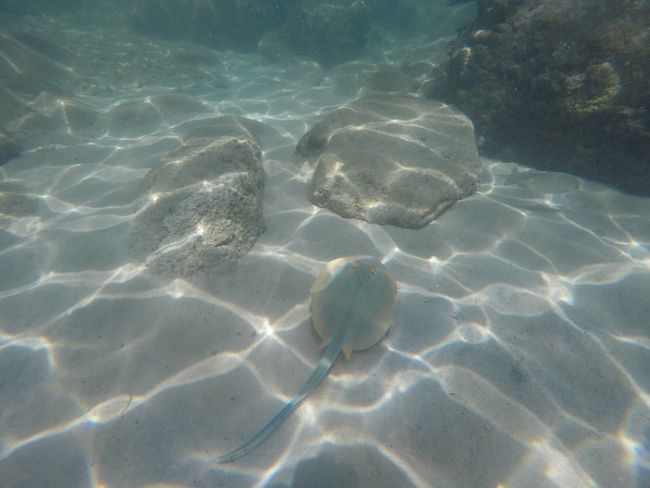
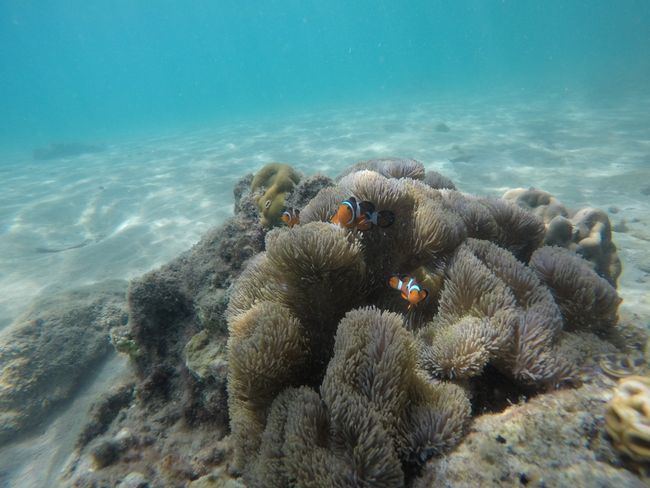
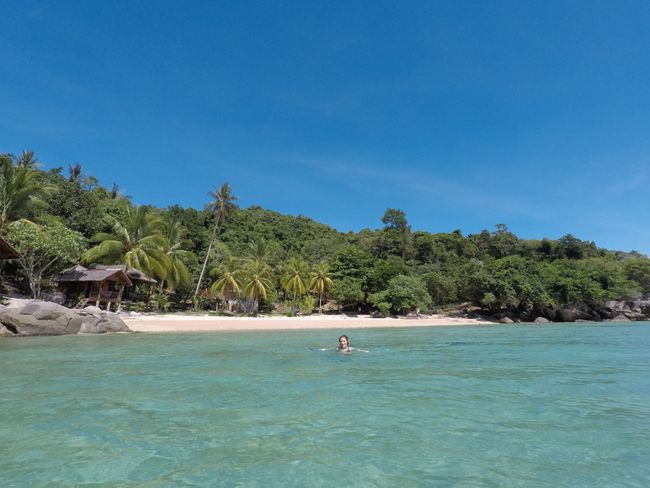
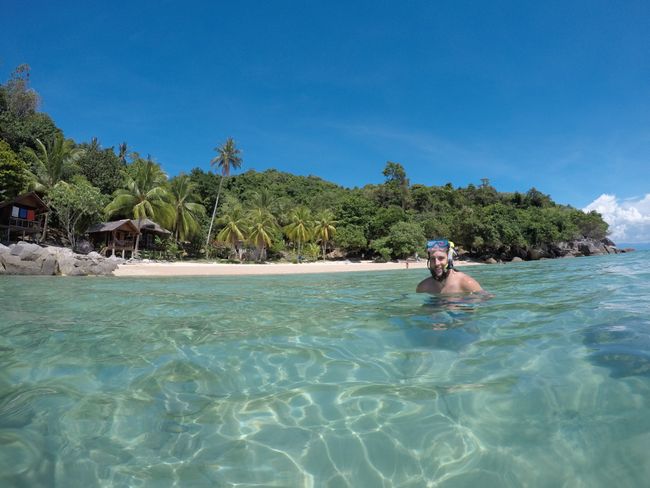
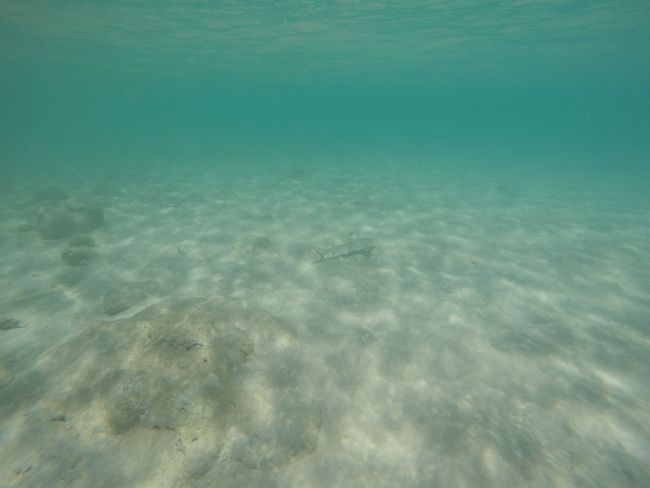
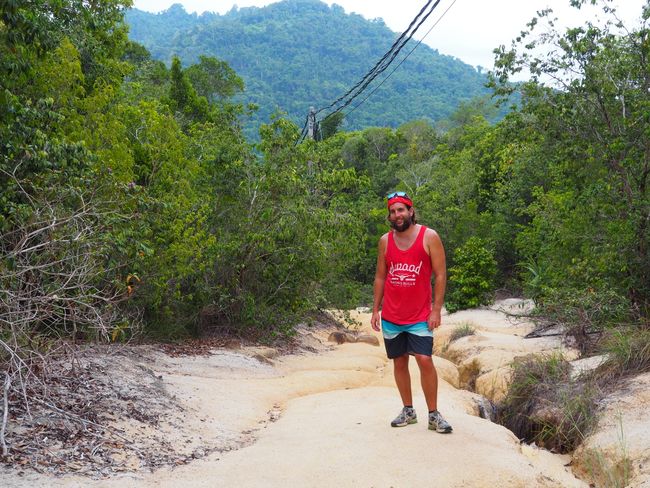
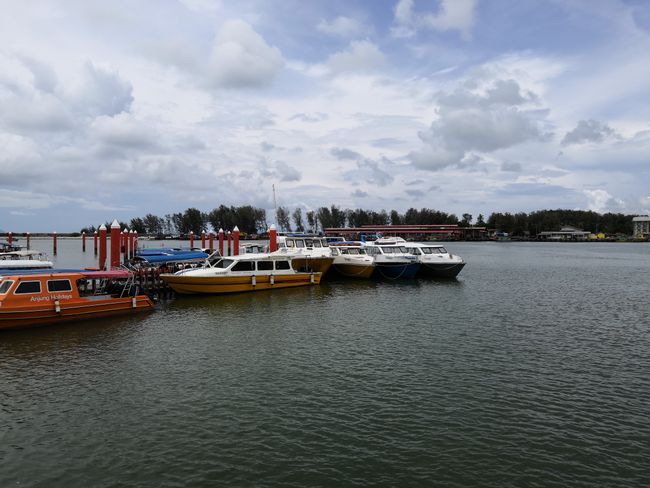
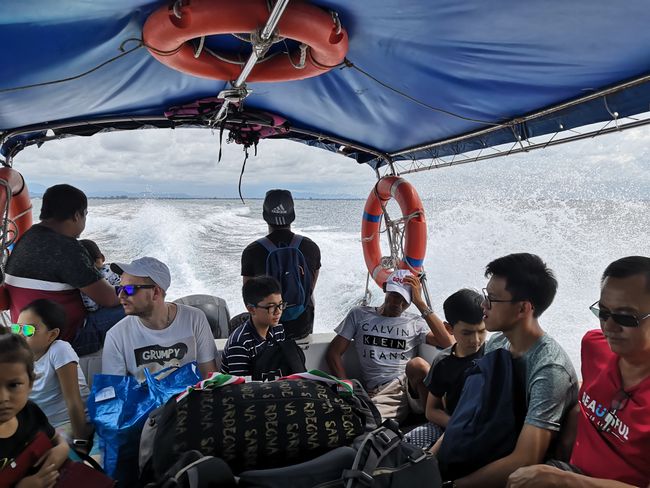
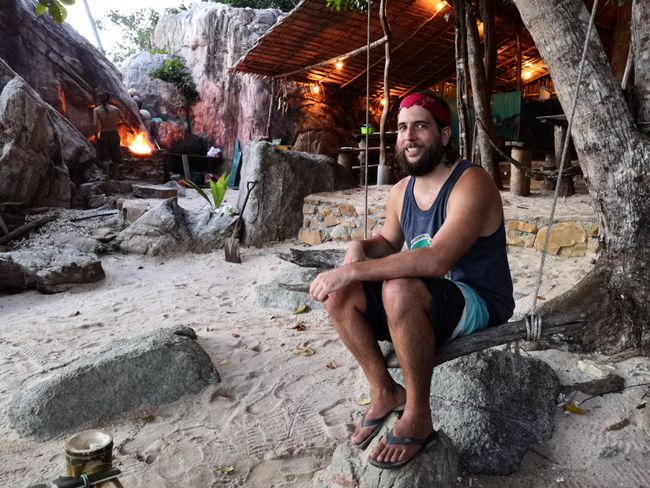
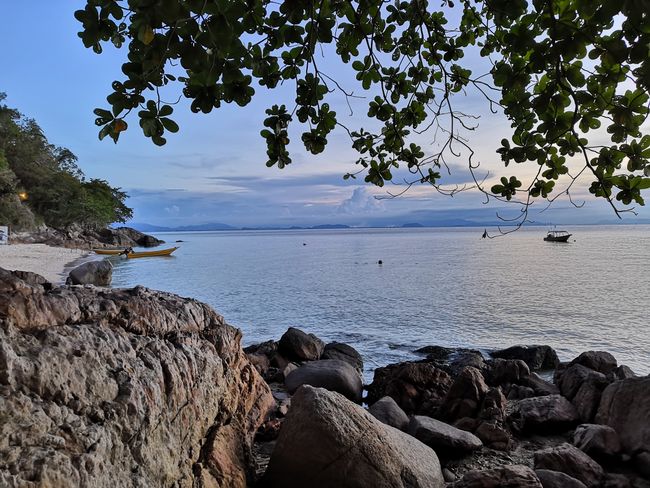
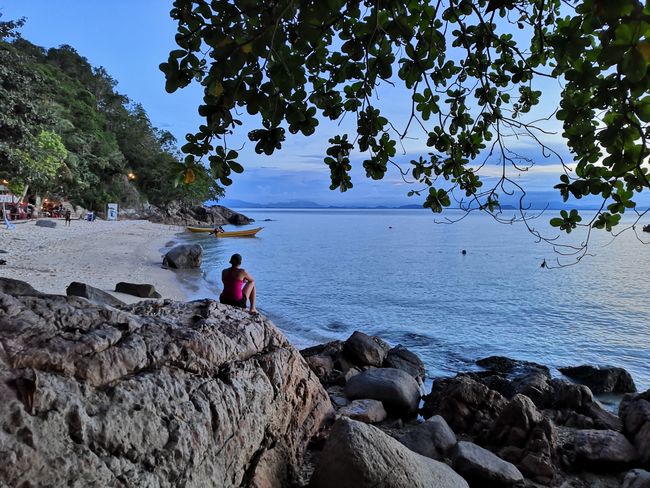
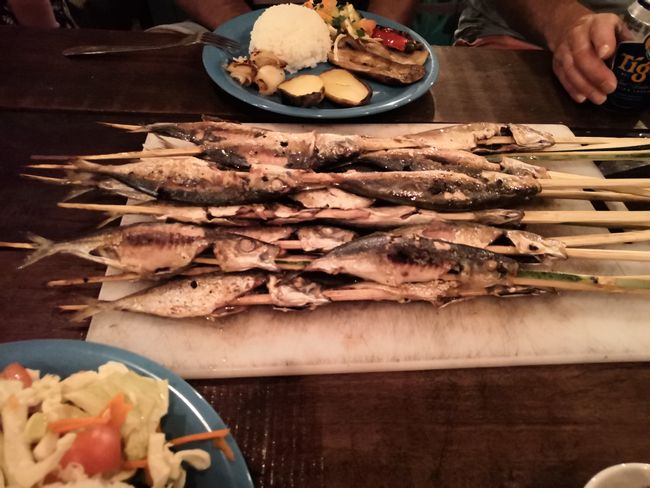
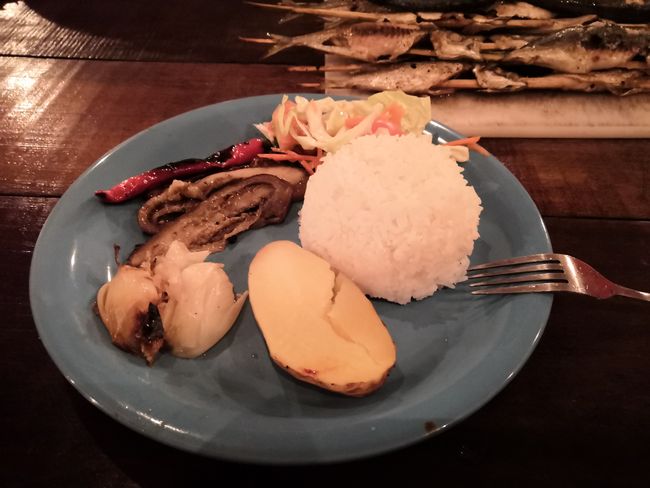
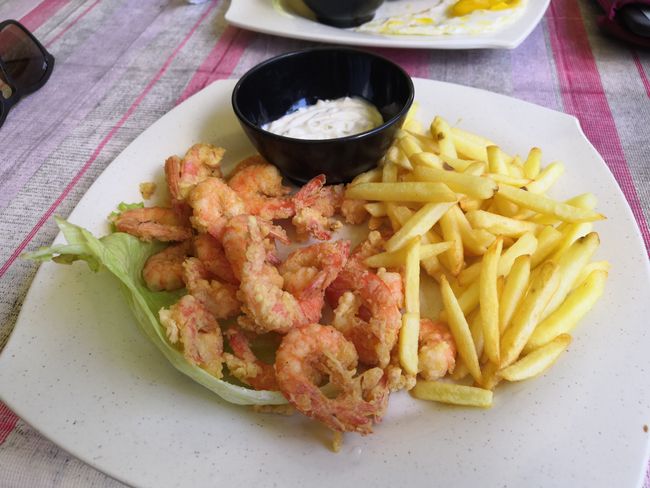
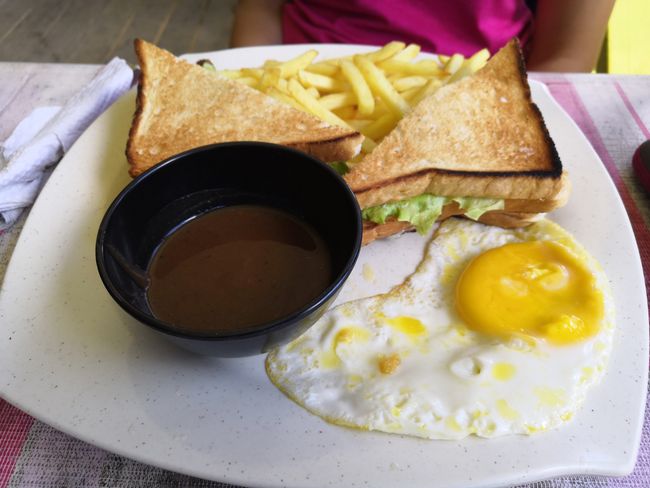
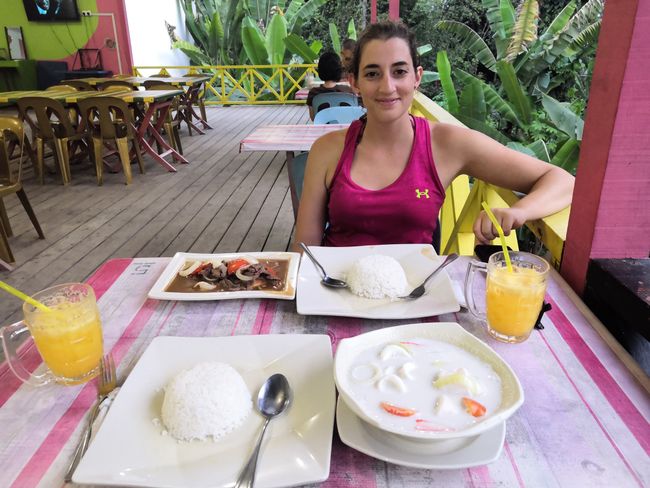
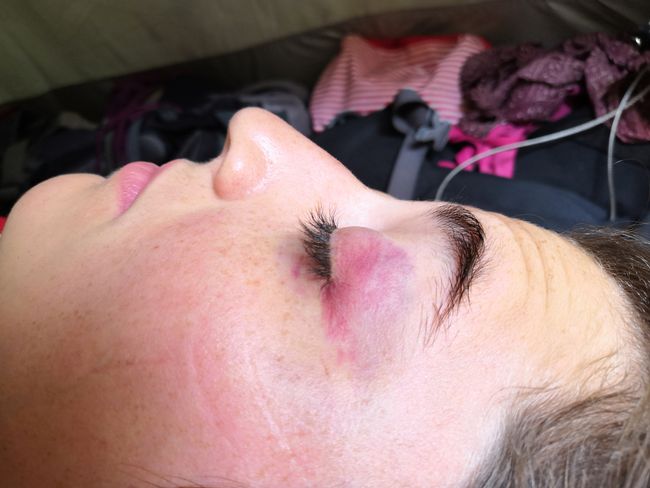
Teken in op Nuusbrief
On the next noon we took another local bus to Kuala Besut. Unfortunately, we had to skip a proper breakfast. After sunrise, most restaurants closed their doors. We managed to get by with snacks and water. The bus ride didn't take long. We got off the bus right in front of the jetty and bought a ticket for the ferry. Again, there was no time to eat, as the boat departed just a few minutes later. In our opinion, the ferry, or rather the small ship, was overloaded. The passengers were dropped off one by one at their destination. At the second stop, we hopped into knee-high water. Our accommodation, the Rainforest Camp, is located on the island of Kecil in the Perhentian Islands (the smaller of the two islands). The base camp is a seven-minute walk from the beach, right in the middle of the rainforest. The tent was on a bamboo platform and was more spacious than expected. Inside, we found two worn-out mats and a pillow each. However, the mosquito net was in excellent condition - the most important thing of all! Because in the jungle, there were hungry mosquitoes in the early morning and in the late evening (dusk). The sanitary facilities were rather rundown, but at least the toilet flush worked properly. For five francs per person per night including breakfast, one should not expect much more.
We were excited to finally stay in one place for a longer period of time after almost two months of traveling around (on average, we stayed 2-3 nights in one place). We immediately liked the island and the beach. We spent the five days reading, swimming, hiking, diving, snorkeling, eating, and sleeping. Truly relaxing. Fortunately, there weren't many tourists on the island yet. With the end of Ramadan, life on the island returned a bit more. Restaurants were open all day again and served delicious dishes.
We will also remember our two diving days with three dives each. With less than 20 francs per dive, this is probably the cheapest place in the world for diving trips. Unfortunately, the underwater visibility was not excellent on both days. Nevertheless, we discovered many interesting marine creatures: blue-spotted stingrays, Jenkins' stingrays (with a diameter of 130 cm), huge bumphead parrotfish, groupers, clownfish, pufferfish, yellow-brown trunkfish, triggerfish, lionfish, sea cucumbers, etc. The corals were also beautiful. On the first day, we visited a sunken freighter from the year 2000, the Sugar Wreck. The freighter was loaded with a huge cargo of sugar, hence the name. Unfortunately, we could not explore the interior due to the danger of collapse. The overgrown exterior was just as fascinating. A bamboo shark was hiding under the hull. They can grow up to 100 cm in size and have a bamboo-like structure. The shipworm fish also has a shark-like appearance. It has a suction plate on its head with which it can attach itself to larger fish and be carried along. The shipworm mistook one of our divers for a fish. It attached itself to the Welshman's diving bottle and rode along on his back for the entire dive. In addition to the animals, we found various colorful anemones. Especially beautiful was an anemone that had a neon pink color. A clownfish family lived inside it. Also colorful, but much less beautiful and more painful, was the blue eye that Andrea suffered. When unloading the boat, the diving instructor swung the equipment around with force. The pressure gauge hit her left temple. The result was a huge bump and subsequent bruising. The blue and red colors spread above and below the eye. It looked like a remnant of a punch. Luckily, her eye remained unharmed.
We explored the island on foot, as there was no other means of transportation than by boat. Most paths are paved with bricks or well-trodden. It took us just under two hours (pure walking time) from our camp to the tip of the island. Along the way, we visited various beaches. We particularly liked the secluded Adam and Eve Beach. There is neither a resort nor a restaurant here. Along the way, we let the drone fly several times and enjoyed the view of the island from above. Since we started our hike a bit late, we took a boat taxi back to a nearby beach. We reached our tent just in time before the thunderstorm. We were very grateful for the tarp stretched over the tent. Our tent would not have withstood such strong and prolonged rain. So everything stayed dry. With the rain subsiding, swarms of mosquitoes emerged. Going to the bathroom became a bloodbath. The mosquitoes chased us, the bats, the geckos, and in turn, we chased the mosquitoes. These annoying mosquitoes are the foundation of life for many native animals: geckos, birds, frogs, bats, etc. The resident monitor lizards benefit from the small animals. We saw lizards of all sizes. One specimen (probably a water monitor) was about 160 cm long and looked like a crocodile. The animal was obviously accustomed to humans, as it disappeared under the terrace of a diving school. Despite its size and sharp claws, we had an uneasy feeling. Most of the monitor lizards, however, were much smaller but more agile. In dangerous situations, they simply climbed up a tree - with such claws, we would also climb effortlessly. In addition to the monitor lizards, we discovered a venomous viper on the roof of a restaurant. It lives there and presumably feeds on the small geckos. Less dangerous but very beautiful were the resident squirrels. The island is also said to be home to three different species of monkeys, but we didn't see any. Overall, the biodiversity was surprisingly large.
After six nights on Small Perhentian Island, we continue to the island of Pulau Kapas.
Teken in op Nuusbrief
Antwoord
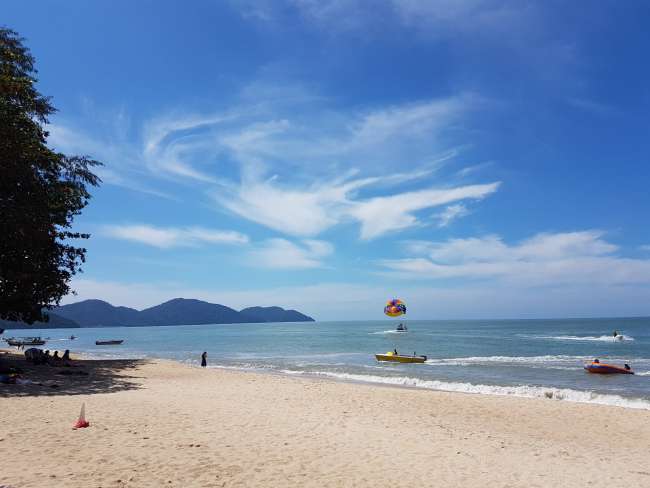
Reisverslae Maleisië
